LONDON – A comparison of advice on toothbrushing for adults and children given by dental companies, textbooks and dental associations has found that recommendations on brushing method, frequency and duration vary to an unacceptable degree. The researchers cautioned that such inconsistencies confuse dental patients and undermine trust in the dental profession as a whole.
“The public needs to have sound information on the best method to brush their teeth,” said study author Aubrey Sheiham, Emeritus Professor of Dental Public Health at University College London. “If people hear one thing from a dental association, another from a toothbrush company and something else from their dentist, no wonder they are confused about how to brush.”
Overall, the most commonly recommended method was the modified Bass technique, which involves gently jiggling the toothbrush back and forth to shake loose food particles. However, there is no scientific evidence that this method is more effective than basic scrubbing with the brush held at an angle of 45 degrees, Sheiham said. In order to avoid brushing too hard, patients should hold the brush with a pencil grip rather than a fist, he recommended.
In addition, the analysis showed that the method recommended by dental companies differed from advice given by dental associations, as did advice in dental textbooks and research-based sources. In addition, the researchers found a wide difference in the toothbrushing methods recommended for adults and children.
Sheiham further pointed out that dental associations in particular should provide consistent guidelines on toothbrushing. However, the current lack of agreement can be attributed to the lack of strong evidence suggesting that one method is conclusively better than another. Thus, better research into what toothbrushing technique is the most effective and easiest to learn is needed.
The study, titled “An analysis of methods of toothbrushing recommended by dental associations, toothpaste and toothbrush companies and in dental texts”, was published online on 8 August in the British Dental Journal ahead of print. It included toothbrush and toothpaste companies, dental textbooks and dental associations in ten countries.
LONDON, UK: A toothbrushing system aimed at younger children who respond negatively to conventional toothpaste flavours has been received positively after ...
CHICAGO, US/LONDON, UK: A new study presented during the 2018 American Heart Association Scientific Sessions held recently has suggested that brushing ...
CAMBRIDGE, UK: A recent study examined the effectiveness of simulation-based learning in medical education in enhancing healthcare professionals’ ...
DUBLIN, Ireland: Malocclusion and dental crowding appear to have spread concomitant with the prehistoric transition from hunting and gathering to ...
LONDON, UK: As world leaders are continuing to roll out vaccination programmes and encouraging the public to get vaccinated, one thing is clear: there are ...
LONDON, UK: Though elite athletes generally possess an enviable level of physical fitness, a recent study has shown that their oral health may leave much to...
YORK, UK: Fear of the dentist is something some people suffer from more than others. With multiple reasons for dental anxiety and its effects, there is ...
LONDON, UK: The COVID-19 pandemic has resulted in the widespread adoption of videoconferencing tools in many industries, and dentistry is no exception. A ...
LONDON, UK: Though the relative benefits of chewing gum are often subject to debate, a number of studies have shown that the sugar-free varieties can ...
LONDON, UK: All dentists know how important vitamin D is for healthy teeth and bones. In a new study, researchers from the University of Sheffield have ...
Live webinar
Wed. 14 January 2026
5:00 pm UTC (London)
Dr. Théo Laplane, Dr. Robert Gottlander DDS
Live webinar
Fri. 16 January 2026
5:00 pm UTC (London)
Live webinar
Mon. 19 January 2026
6:00 pm UTC (London)
Philipp Kopp, Michael Seeber
Live webinar
Thu. 22 January 2026
2:00 pm UTC (London)
Prof. Judith Jones D.D.S; M.P.H., Prof. Kakuhiro Fukai D.D.S., Ph.D, Dr. Bathsheba (Bethy) Turton
Live webinar
Thu. 22 January 2026
7:00 pm UTC (London)
Dr. Nicola M. Grande DDS, PhD
Live webinar
Wed. 28 January 2026
1:00 pm UTC (London)
Live webinar
Wed. 28 January 2026
4:00 pm UTC (London)
Prof. Dr. Jan-Frederik Güth



 Austria / Österreich
Austria / Österreich
 Bosnia and Herzegovina / Босна и Херцеговина
Bosnia and Herzegovina / Босна и Херцеговина
 Bulgaria / България
Bulgaria / България
 Croatia / Hrvatska
Croatia / Hrvatska
 Czech Republic & Slovakia / Česká republika & Slovensko
Czech Republic & Slovakia / Česká republika & Slovensko
 France / France
France / France
 Germany / Deutschland
Germany / Deutschland
 Greece / ΕΛΛΑΔΑ
Greece / ΕΛΛΑΔΑ
 Hungary / Hungary
Hungary / Hungary
 Italy / Italia
Italy / Italia
 Netherlands / Nederland
Netherlands / Nederland
 Nordic / Nordic
Nordic / Nordic
 Poland / Polska
Poland / Polska
 Portugal / Portugal
Portugal / Portugal
 Romania & Moldova / România & Moldova
Romania & Moldova / România & Moldova
 Slovenia / Slovenija
Slovenia / Slovenija
 Serbia & Montenegro / Србија и Црна Гора
Serbia & Montenegro / Србија и Црна Гора
 Spain / España
Spain / España
 Switzerland / Schweiz
Switzerland / Schweiz
 Turkey / Türkiye
Turkey / Türkiye
 UK & Ireland / UK & Ireland
UK & Ireland / UK & Ireland
 International / International
International / International
 Brazil / Brasil
Brazil / Brasil
 Canada / Canada
Canada / Canada
 Latin America / Latinoamérica
Latin America / Latinoamérica
 USA / USA
USA / USA
 China / 中国
China / 中国
 India / भारत गणराज्य
India / भारत गणराज्य
 Pakistan / Pākistān
Pakistan / Pākistān
 Vietnam / Việt Nam
Vietnam / Việt Nam
 ASEAN / ASEAN
ASEAN / ASEAN
 Israel / מְדִינַת יִשְׂרָאֵל
Israel / מְדִינַת יִשְׂרָאֵל
 Algeria, Morocco & Tunisia / الجزائر والمغرب وتونس
Algeria, Morocco & Tunisia / الجزائر والمغرب وتونس
 Middle East / Middle East
Middle East / Middle East



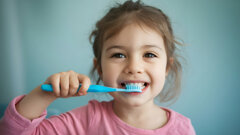










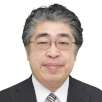















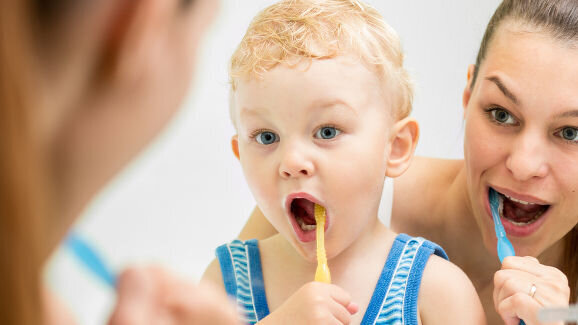




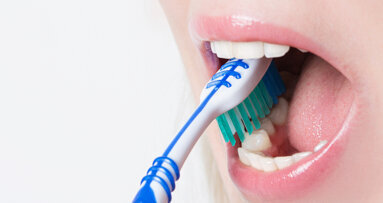
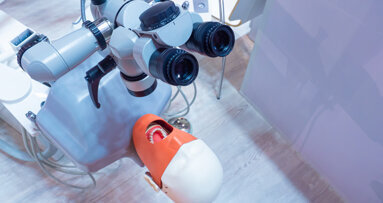

















To post a reply please login or register